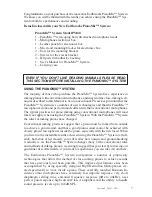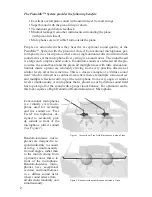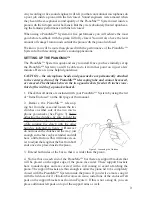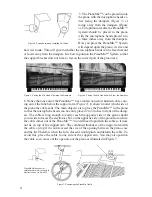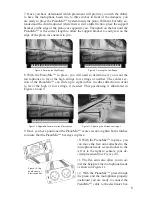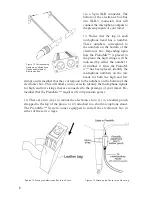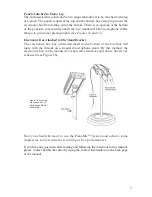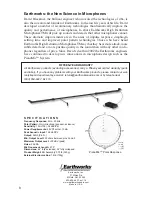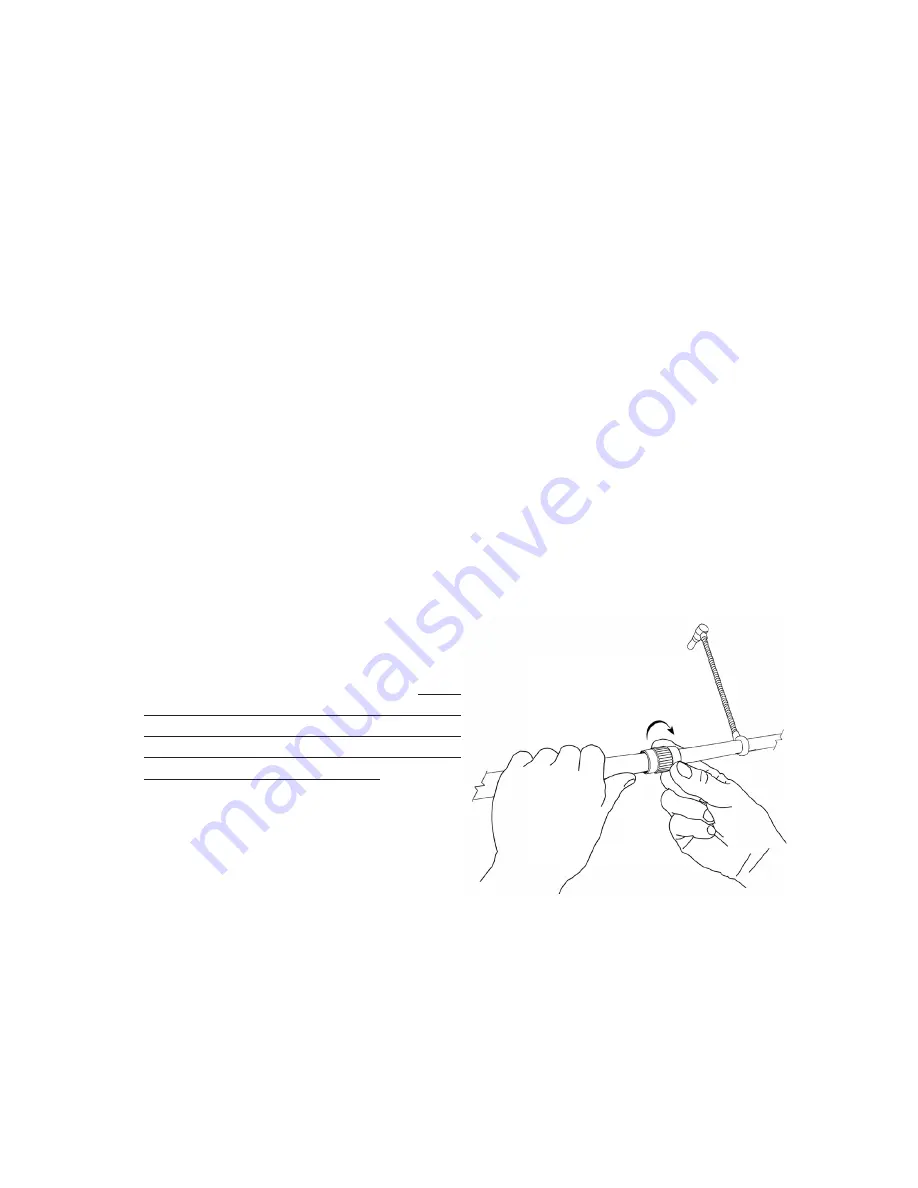
Any recording or live sound engineer will tell you that conventional microphones do
a poor job inside a piano with the lid closed. Sound engineers were amazed when
they heard the exceptional sound quality of the PianoMic™ System used inside a
piano with the lid open and at half-stick. But they were absolutely floored upon hear-
ing the fantastic performance with the lid closed.
When using a PianoMic™ System for live performance you will achieve the most
gain before feedback with the piano lid fully closed. You will also have the least
amount of leakage from sounds outside the piano with the piano lid closed.
We know you will be more than pleased with the performance of the PianoMic™
System for both recording and live sound applications.
SETTING UP THE PIANOMIC™
The PianoMic™ System is quick and easy to install. Once you have initially set up
the PianoMic™ System you will be able to do it from that point on in just a few
minutes. Here are some helpful guidelines:
CAUTION – the microphone heads and goosenecks are permanently attached
to the center section of the PianoMic™ telescoping tube and cannot be moved,
or removed. The distance between the two goosenecks is fixed at 16 inches (one-
third of the width of a piano keyboard).
1. Check that all items are included with your PianoMic™ System by using the list
of “Items Enclosed” on the first page of this manual.
2. Remove the PianoMic™ telescop-
ing bar from the case and loosen the two
clutches on either side of the two micro-
phone goosenecks (See Figure 3). When
adjusting the clutches, be sure to hold the
larger diameter tube section with one hand
while rotating the clutch with the other
hand as indicated in figure 3. However,
do not loosen the clutches all the way; just
enough so the bar can be extended and still
have a little friction. This will make it eas-
ier to adjust the length of the bar from both
ends once it is placed inside the piano.
3. Extend both sides of the bar so that it is wider than the piano.
4. Notice that on each end of the PianoMic™ bar there are support brackets that
will be placed on the upper edge of the piano case sides. These support brackets
have rounded edges and are covered with a soft coating to avoid scratching the
piano. The support brackets are thin enough to allow the piano lid to be completely
closed with the PianoMic™ System inside the piano. If you desire a more snug fit
with the lid closed or if vibration becomes an issue, install one of the enclosed felt
pads on the support brackets as shown in Figure 4. If this is not a snug fit, you can
place additional felt pads on top of the support arms as well.
Figure 3. Loosening the Clutches
3



